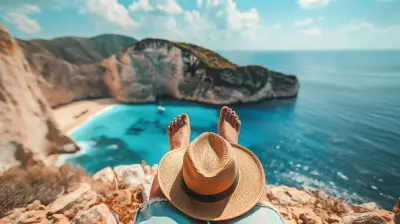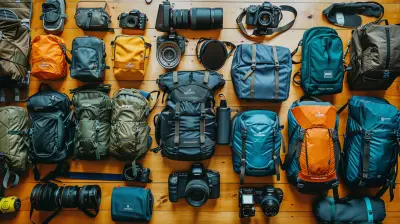Optimal Moments to See Iceland’s Volcanic Landscapes
9 July 2025
Iceland, famously known as the "Land of Fire and Ice," is home to some of the most breathtaking volcanic landscapes on Earth. With its rugged lava fields, active volcanoes, and steaming geothermal areas, this Nordic wonder is a paradise for nature lovers and adventure seekers alike.
But here’s the catch—timing is everything! The experience of witnessing Iceland’s volcanic wonders can vary dramatically depending on the season, the weather, and even the time of day. So, when is the best time to see Iceland’s volcanic landscapes in all their fiery glory? Let’s break it down season by season to help you plan the perfect trip.
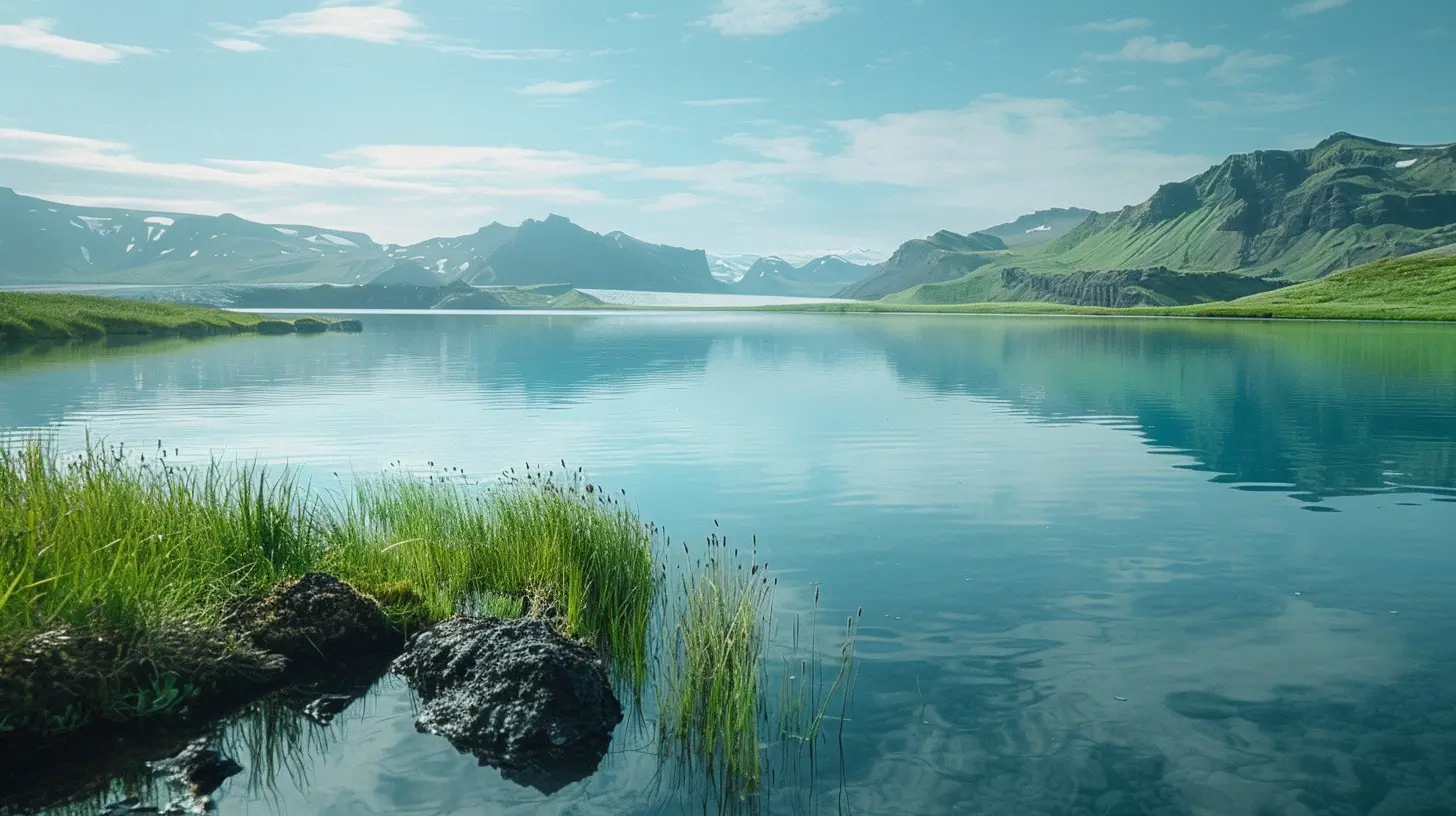
Why Timing Matters for Experiencing Iceland’s Volcanoes
Before we dive into the best seasons, let’s talk about why timing is crucial when witnessing volcanic landscapes in Iceland.1. Weather Conditions – Iceland's weather is famously unpredictable. Heavy snow in winter, endless daylight in summer, and sudden storms can all impact your volcano-viewing experience.
2. Daylight Hours – Depending on when you visit, you might have either 24 hours of daylight or only a few hours to explore.
3. Tourist Crowds – Some seasons bring in an influx of travelers, while others offer a more peaceful, intimate experience.
4. Volcanic Activity – Active eruptions don’t follow a strict schedule, but certain times of year allow for better visibility of geothermal activity.
Now, let’s break down each season to see what they have to offer. 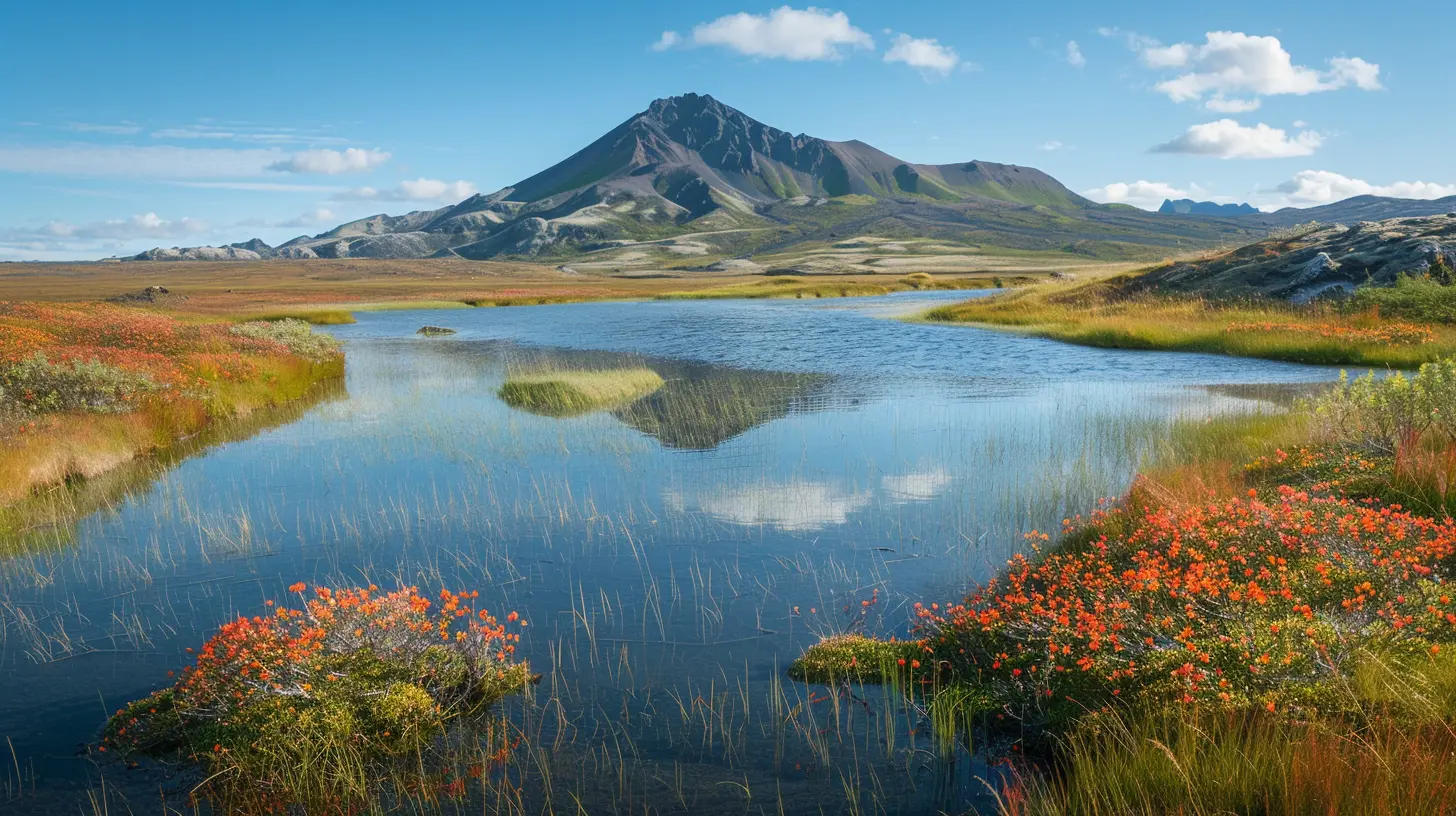
Spring (March – May): A Season of Contrasts
Spring in Iceland is a mix of winter’s chill and summer’s awakening. Snow starts to melt, exposing the dark volcanic terrain, while waterfalls surge with glacial meltwater.Pros of Visiting in Spring
✅ Longer Daylight Hours – By May, you’ll get around 16–20 hours of daylight, perfect for extended sightseeing.✅ Fewer Tourists – Compared to the summer rush, you’ll find fewer crowds at major volcanic hotspots.
✅ Affordable Prices – Flights and accommodations tend to be cheaper than in peak season.
✅ Snow and Lava Contrast – If you visit in early spring, the black lava fields against the white snow create an unreal landscape.
Cons of Visiting in Spring
❌ Unpredictable Weather – You might get sunshine one moment and a snowstorm the next.❌ Some Roads May Still Be Closed – Certain highland roads leading to remote volcanic areas might not open until late May.
> Best Volcanic Experience in Spring: Visit the Reykjanes Peninsula, where you can witness powerful geothermal activity and lava fields with fewer crowds. 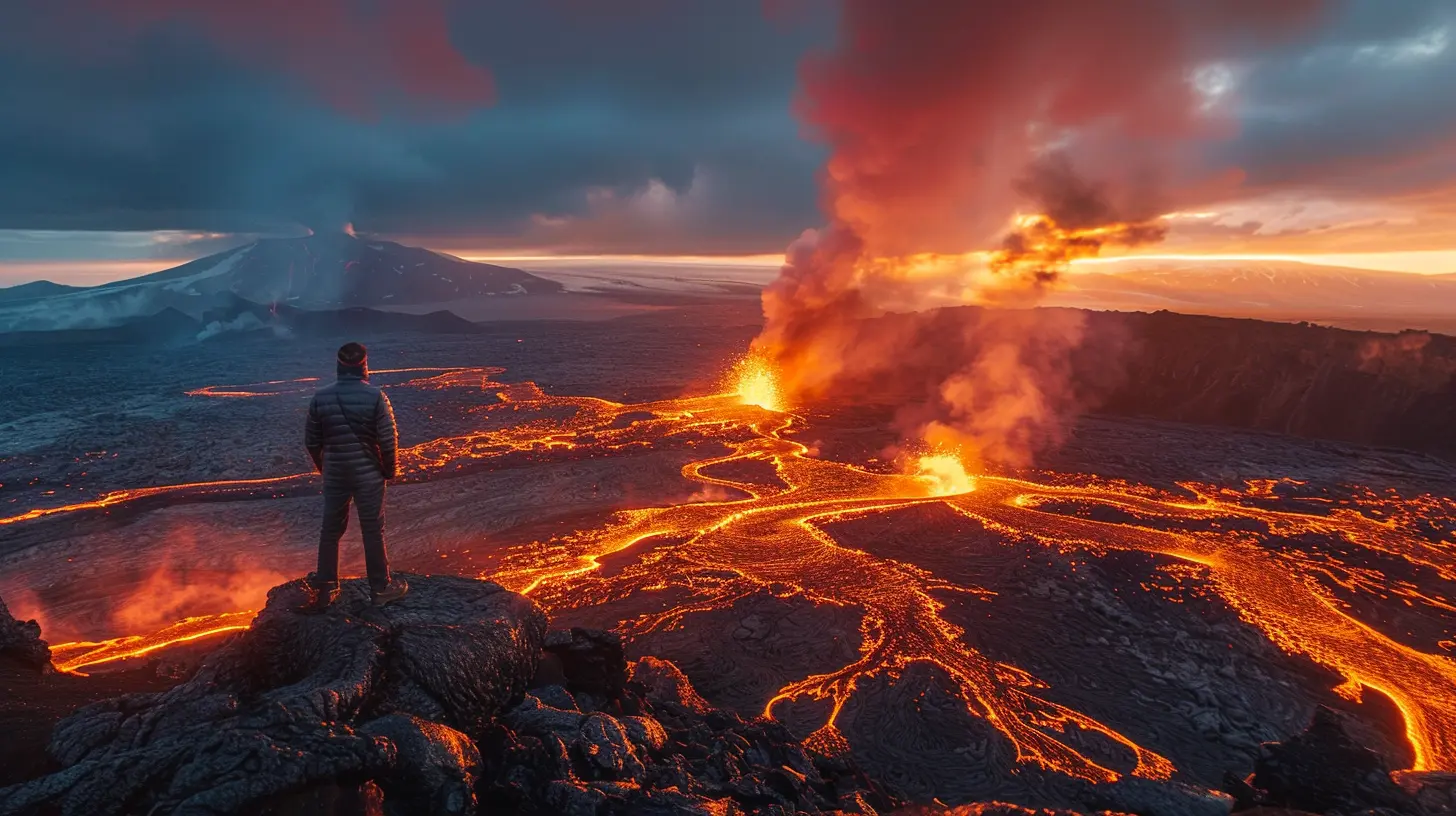
Summer (June – August): The Ultimate Volcano Season
If you want the best chance to see Iceland’s volcanic landscapes in full force, summer is the way to go. The country comes alive with lush mossy lava fields, accessible highlands, and endless daylight.Pros of Visiting in Summer
✅ Midnight Sun – Imagine standing at the edge of a volcanic crater at midnight with sunlight still glowing on the horizon!✅ All Roads Are Open – Remote locations like the Askja Caldera and Hekla Volcano are finally accessible.
✅ Perfect Hiking Conditions – Trails leading to volcanic sites are free from snow and mud, making exploration easier.
✅ Glowing Lava Fields (If There’s an Eruption) – If an active eruption occurs, summer offers the best opportunity to witness it safely.
Cons of Visiting in Summer
❌ Tourist Crowds – Expect popular spots like Fagradalsfjall Volcano to be packed with visitors.❌ Higher Prices – Since it’s peak season, flights, hotels, and tour prices can be significantly higher.
> Best Volcanic Experience in Summer: Take a super jeep tour to Askja, a massive volcanic caldera deep in the highlands. The Viti crater has a geothermal lake where you can even take a dip! 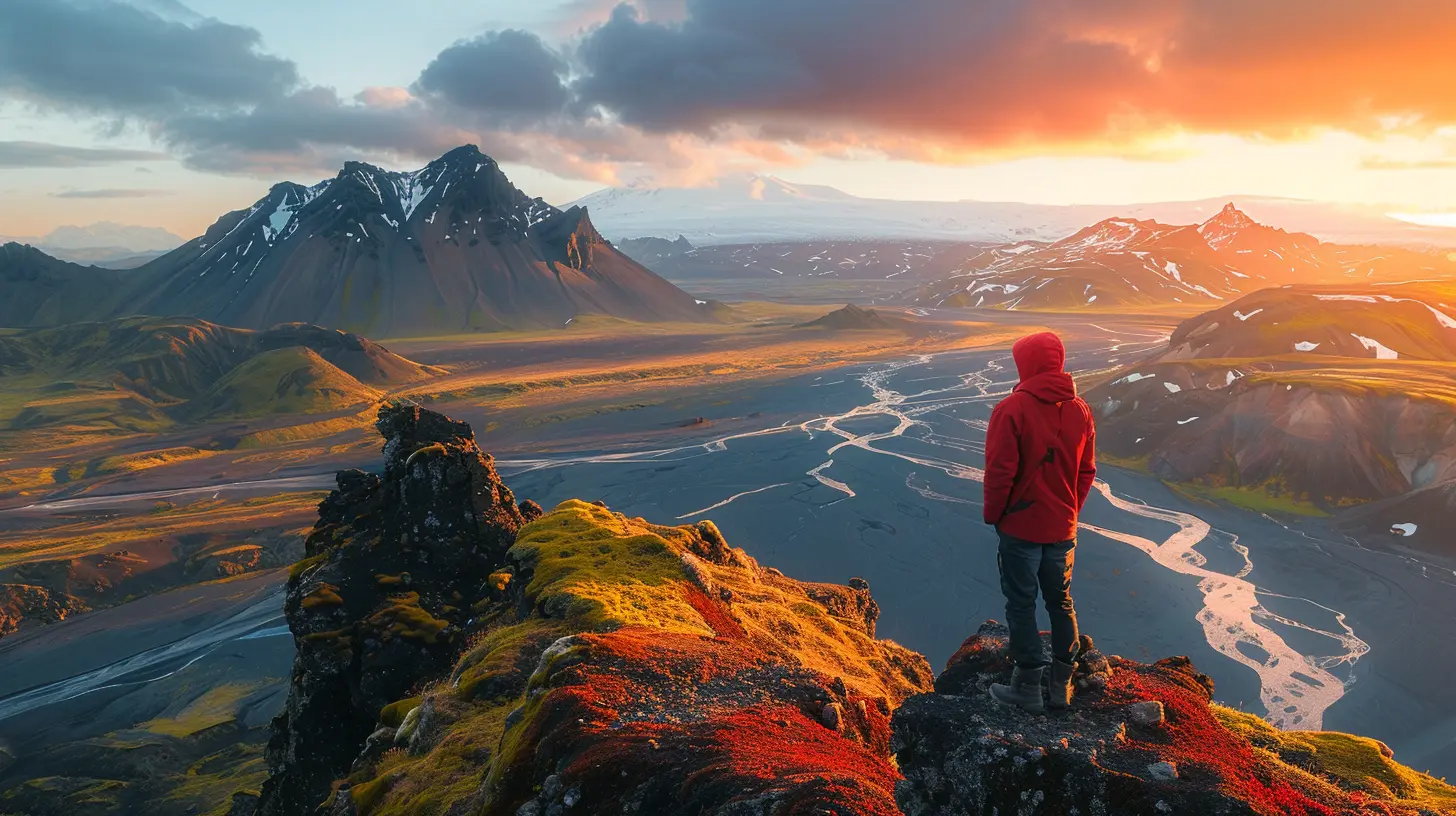
Autumn (September – November): Dramatic Colors & Fewer Crowds
Autumn is a hidden gem for witnessing Iceland’s volcanic landscapes. The golden hues of the moss-covered lava fields, combined with fewer tourists, make this an ideal time for those seeking a bit of solitude.Pros of Visiting in Autumn
✅ Milder Weather – September still has relatively comfortable temperatures and decent daylight hours.✅ Northern Lights Return – Imagine watching the aurora borealis dance over a volcano!
✅ Less Touristy – By mid-September, summer crowds fade, giving you more space to enjoy volcanic sites.
Cons of Visiting in Autumn
❌ Shorter Days – By November, daylight drops to about 5–6 hours a day, limiting exploration time.❌ Unstable Weather – Wind and rainstorms become more frequent, making some highland areas inaccessible.
> Best Volcanic Experience in Autumn: Visit Laki Craters, one of Iceland’s most jaw-dropping volcanic formations. The color contrasts in autumn make the region look straight out of a fantasy movie.
Winter (December – February): A Frozen Lava Wonderland
Winter in Iceland is pure magic, and while it’s not the easiest time to explore volcanic landscapes, it’s definitely the most unique. Snow-covered volcanoes, steaming geothermal vents, and ice caves beneath lava fields create an otherworldly vibe.Pros of Visiting in Winter
✅ Northern Lights Over Volcanoes – No words can describe the beauty of the aurora borealis illuminating lava fields!✅ Fewer Tourists – Besides the holiday period, winter is a quiet time to visit.
✅ Geothermal Springs Are Extra Special – Imagine soaking in a hot spring surrounded by snow and volcanic rock.
Cons of Visiting in Winter
❌ Extreme Weather – Snowstorms, strong winds, and icy roads can make travel tricky.❌ Limited Accessibility – Many highland areas, including some volcanic regions, are completely closed.
❌ Short Daylight Hours – In December, daylight lasts only 4–5 hours, which can limit your exploration window.
> Best Volcanic Experience in Winter: Visit Hverir Geothermal Area, where bubbling mud pots and steaming fumaroles create a surreal, alien-like landscape in the snow.
Best Time for Eruptions? It’s Unpredictable!
If your dream is to see an actual volcanic eruption, here’s the hard truth—there’s no perfect time. Iceland’s volcanoes don’t follow a fixed schedule. However, Iceland has seen frequent eruptions in recent years, with the Reykjanes Peninsula becoming an active volcanic zone.To increase your chances:
- Keep an eye on the Icelandic Meteorological Office for volcanic activity updates.
- If an eruption happens while you’re there, book a guided tour immediately—some eruptions only last a few days!
Conclusion: When Should You Go?
The best time to see Iceland’s volcanic landscapes depends on what kind of experience you're after:- For accessibility & hiking? ➝ Summer (June – August)
- For fewer crowds & autumn colors? ➝ Autumn (September – November)
- For a mix of snow & lava? ➝ Spring (March – May)
- For a winter wonderland & Northern Lights? ➝ Winter (December – February)
No matter when you go, Iceland’s volcanoes will leave you in absolute awe. Just be ready for wild weather, jaw-dropping views, and a little bit of adventure at every turn!
all images in this post were generated using AI tools
Category:
Best Time To VisitAuthor:

Shane Monroe
Discussion
rate this article
2 comments
Sydney Burton
Whispers of the earth beckon travelers to Iceland's volcanic realms. In twilight's embrace, the land breathes fire and ice, revealing secrets hidden beneath the surface. Will you uncover the stories etched in the rocks?
November 9, 2025 at 4:07 AM

Shane Monroe
Absolutely, Iceland's volcanic landscapes are best experienced during twilight for stunning contrasts and revealing unique geological stories.
Tiffany Hamilton
What time of year offers the best views of Iceland's stunning volcanoes?
July 19, 2025 at 4:37 AM

Shane Monroe
The best views of Iceland's stunning volcanoes are typically during late spring to early autumn, from May to September, when the weather is milder and visibility is clearer.
